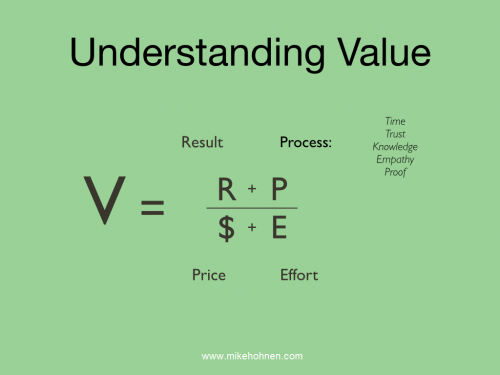
It is true that in the Service Profit Chain framework, there is a huge emphasis on establishing loyalty; loyalty is the key driver of profit and growth.
Before we can even hope to establish a relationship that will lead to loyalty, we must ensure that we have a firm grip on the basics and that we can deliver on our promise every time. The keyword here is consistency, the key driver of basic satisfaction.
Consistency or lack of consistency is also one of my pet grievances. Consistency is the flip side of reliability. If as a customer I had a great experience last week, you as a service provider have implicitly promised me that I will have the same experience when I return next week.
If not, you are not only unreliable in my eyes, but you are also performing below my expectations, and we all know that meeting expectations is the first key to customer satisfaction.
This is a balancing act because, on the one hand, we would like to see creativity and initiative on the part of our teams, but on the other hand, we need to deliver a product that is as expected.
The name of the game is to generate repeat business. Customers return to get more of what they enjoyed the first time. If they don’t get that, then they could just as well have gone somewhere else.
Just think back for a moment about how many times in your life you had a great experience somewhere, and then went back only to find that what you had last time was not what you got the next time. Did you go back a third time just to make sure?
Probably not.
Where do you go frequently? Most probably to a place that is very consistent in some aspect of their service delivery that is important to you. That consistency is what brings you back.
Requiring consistency in the delivery process is universal across all types of services. It is the foundation of your success, and that applies to all service businesses, the way your insurance company processes your claim, the way the consultant interacts with you, how your auditing firm performs the audit. You return to the same supplier in all of these situations because you liked the way he or she did the work.
Together with emotions, consistency is an important element in our ability to recall one service experience more easily than others. You remember the consistently good experiences. They stand out. You have a much harder time remembering inconsistent experiences because you easily confuse them with all of the other inconsistent experiences that you have had.
Customers come back to experiences that consistently live up to their expectations. When that happens, we call it loyalty. Loyalty is built on consistency. Never forget that.
So take a good hard look at your basic processes, are they consistent?
This blog post is part of a series of answers to frequent questions that I get around the concept of the Service Profit Chain. In future’s posts, we will continue to explore other key points. If you would like the full concept served up in one go, you will find Mike’s book “Best! No need to be cheap if…” HERE.
 We talk a lot about the customer experience. We even talk about an experience economy. But what do we actually mean, and when can we qualify something as an experience?
We talk a lot about the customer experience. We even talk about an experience economy. But what do we actually mean, and when can we qualify something as an experience?




